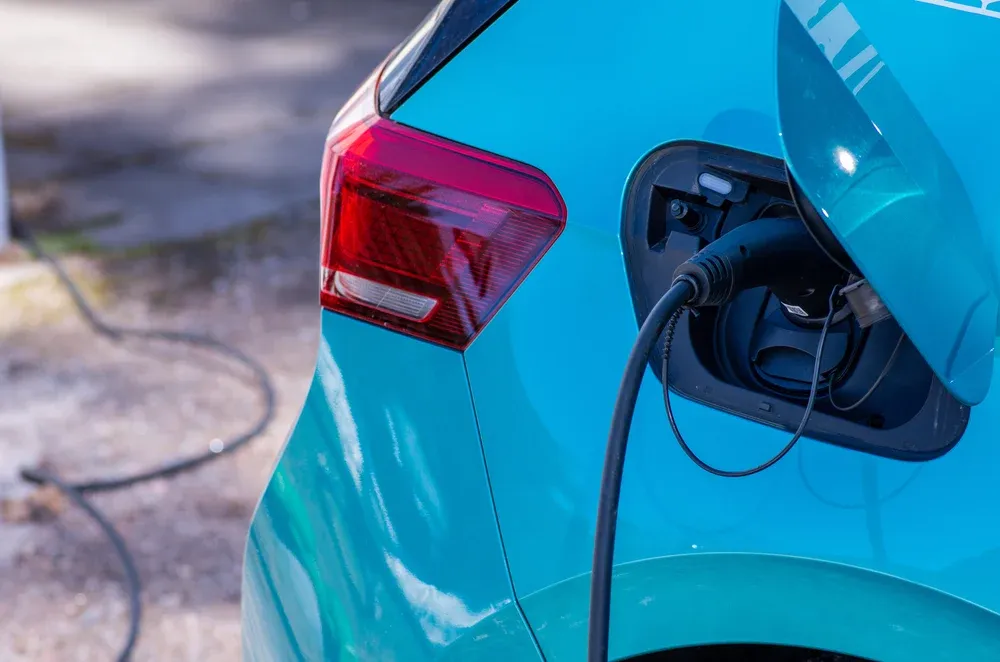Electric vehicle (EV) adoption is accelerating, and with it comes the need for efficient charging solutions. Among the most common options is Level 2 charging, which strikes a balance between convenience and speed. But just how fast is a Level 2 charger?
Level 2 chargers typically deliver between 3 kW and 19.2 kW in the United States and up to 22 kW in Europe, providing 10 to 75 miles (16 – 120 km) of range per hour. However, the actual charging speed depends on several factors, including the charger’s power output, the vehicle’s onboard charger capacity, and battery size. Compared to a standard Level 1 charger, Level 2 can be up to 19 times faster, though it still falls short of the ultra-rapid Level 3 DC fast charging.

In this article, we’ll explore:
The key factors influencing Level 2 charging speeds
How different EV models affect charging times
The types of Level 2 chargers (tethered vs. untethered)
Connector types and compatibility
How Level 2 compares to other charging levels
By the end, you’ll have a clear understanding of what to expect from Level 2 charging and how to maximize its efficiency.
Several variables determine how quickly a Level 2 charger can replenish an EV’s battery. Let’s break them down:
Level 2 chargers vary in power output, typically ranging from 3.3 kW to 22 kW. The higher the power output, the faster the charging speed.
Standard home chargers: Often deliver 7.2 kW to 11.5 kW, adding 20–40 miles per hour.
Commercial/public chargers: Can reach 19.2 kW (North America) or 22 kW (Europe), offering up to 75 miles per hour.
However, the vehicle’s onboard charger may limit the maximum charging rate. For example, if a car’s onboard charger maxes out at 7.2 kW, using a 19.2 kW station won’t charge it any faster.
A larger battery takes longer to charge, even with a high-power Level 2 charger.
A 40 kWh battery (e.g., Nissan Leaf) may charge fully in 5–6 hours at 7.2 kW.
A 100 kWh battery (e.g., Tesla Model S) could take 12+ hours under the same conditions.
Every EV has an onboard charger (OBC) that converts AC power (from Level 1 & 2) to DC for the battery. If the OBC has a lower capacity than the charging station, it becomes the bottleneck.
Example: A Porsche Taycan has an 11 kW or 19.2 kW OBC, allowing faster charging than a Chevy Bolt (max 7.2 kW).
The cables, connectors, and power delivery efficiency influence charging speed. High-quality, well-maintained equipment ensures optimal performance.
Cold weather can slow charging as batteries are less efficient.
High temperatures may trigger battery cooling systems, slightly reducing charging speed.
Battery degradation over time can also affect charging rates.
To understand Level 2’s role, let’s compare it to Level 1 and DC Fast Charging (Level 3).
|
Charging Level |
Power Output |
Range Added Per Hour |
Best Use Case |
|
Level 1 (120V) |
1.2–1.8 kW |
3–5 miles (5–8 km) |
Overnight home charging |
|
Level 2 (240V) |
3.3–22 kW |
10–75 miles (16–120 km) |
Home, workplace, public stations |
|
Level 3 (DC Fast) |
50–350 kW |
100–300+ miles in 30 mins |
Highway travel, quick top-ups |
Level 2 is ideal for:
Home charging (overnight or daily use)
Workplace charging (while parked for hours)
Public stations (shopping centers, parking garages)
DC Fast Charging is better for:
Long-distance travel (quick recharges on highways)
Emergency top-ups (when time is limited)
Level 2 chargers come in two main designs:
Have a fixed cable (usually with a J1772, Type 2, or Tesla connector).
Pros:
More convenient (no need to carry a cable).
Faster setup (just plug in).
Cons:
Limited compatibility (must match your EV’s port).
Cable wear over time.
Require a separate charging cable (user provides their own).
Pros:
More versatile (use different cables for different EVs).
Easier to replace if the cable is damaged.
Cons:
Less convenient (must carry a cable).
Slightly slower setup.
Which is better?
For home use: Tethered is often preferred for simplicity.
For public stations: Untethered allows flexibility for different EVs.
Different regions and EVs use various plug standards:
|
Connector Type |
Region |
Compatibility |
|
SAE J1772 (Type 1) |
North America |
Most non-Tesla EVs |
|
Mennekes (Type 2) |
Europe |
Standard for EU EVs |
|
GB/T |
China |
Chinese-market EVs |
|
Tesla NACS |
North America |
Tesla vehicles (now open to other brands) |
Tesla owners can use Level 2 chargers with a J1772 adapter (included with most Teslas).
Level 2 charging is the sweet spot for most EV owners, offering a good balance between speed and affordability. While not as fast as DC fast charging, it’s far quicker than Level 1 and perfect for:
Overnight home charging
Workplace or public charging
Daily commuting needs
Key takeaways:
Charging speed depends on power output, battery size, and onboard charger limits.
Tethered chargers are more convenient, while untethered offer flexibility.
Level 2 is ideal for daily use, while Level 3 is best for long trips.
As EV technology advances, Level 2 charging will remain a critical part of the charging ecosystem, providing reliable and efficient power for millions of electric vehicles worldwide.